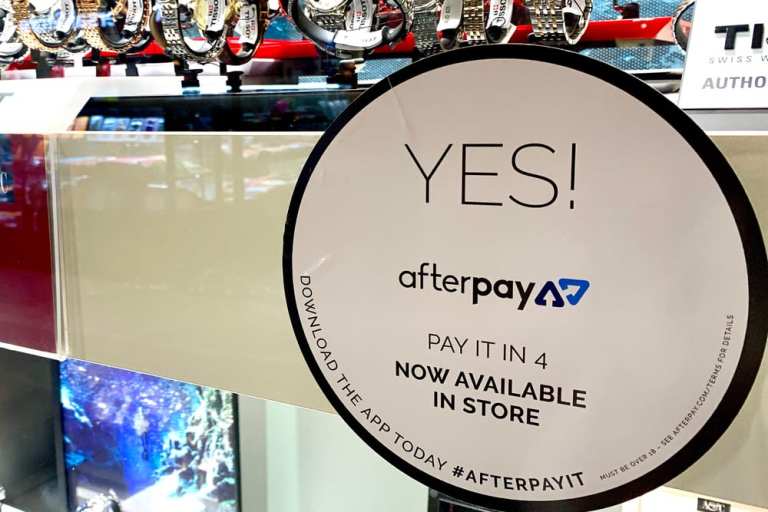
Afterpay Ltd., the Australian buy now, pay later (BNPL) company, announced Tuesday (July 14) in separate press releases that it will offer its BNPL services at U.S. stores for Google Pay and Apple Pay users.
Terms of the deals were not disclosed.
Under the agreements, Afterpay customers can buy items using the Afterpay app at the point of sale terminal. Similar to Afterpay online, shoppers can pay for their in-store purchases in four installment payments. The service is free of fees or interest if customers pay on time. It is expected to be available in retail stores this month.
“As we enter the second half of the year and retail re-emerges across the world, it’s critical we help our partners drive business growth, both online and offline,” said Nick Molnar, Afterpay Co-Founder and U.S. CEO, in a statement. “As a proven solution for driving incremental sales and new customer growth, we are thrilled to introduce our new omni-channel solution to U.S retailers as they begin to open their doors and bring shoppers back to their physical stores.”
Afterpay was introduced four year ago in Australia and New Zealand. At the close of 2019, Afterpay’s in-store offerings comprised 24 percent of total sales with nearly 40,000 shops offering the service. Globally, Afterpay is offered by more than 55,400 of the world’s retailers and is used by nearly 10 million active customers.
Last month, PYMNTS reported BNPL companies are enjoying a moment thanks to COVID-19, as shoppers look to stretch every dollar. As BNPL emerged from the Great Recession, that mindset is deeply embedded among those that have taken advantage of point-of-sale installment payments.
“Post-2009, millennials demonstrated a clear aversion to financial risk, especially for lifestyle purchases, resulting in a tangible shift away from credit cards,” Molnar told PYMNTS at the time. “Today, this trend is repeating itself.”
In February, Molnar told PYMNTS why Afterpay went public nine months after its first-ever capital raise.
“We went public when we had about 100 retailers signed on and 30,000 customers, so really early in the process. And we know it was a high-risk move to go public that early, but we saw it as a great path to gaining sufficient liquidity to be able to really keep us in the game and able to grow.”